Thailand’s highlands: A place for adventure and fun
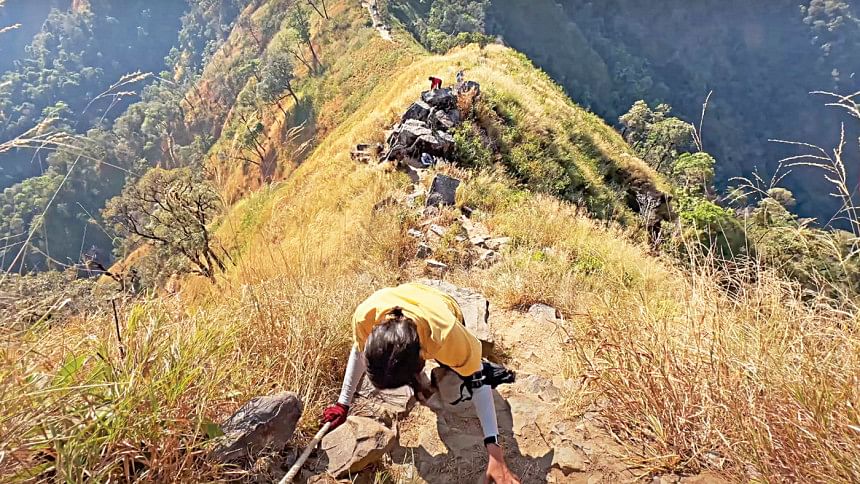
In January of this year, my husband and I decided to embark on a trip to the Kanchanaburi and Phitsanulok provinces of Thailand. When you hear of Thailand, one might immediately imagine blue-green seas and vast limestone cliffs jutting out of the water. But in the past two years, we discovered that Thai highlands hide more adventures and mysteries than the beaches.
Thailand is a country with a tropical climate, which means it rains around the year. However, from November to January, the rain eases up, making it the best time for exploring the trails.
And an opportunity came in the last week of January. Being a PhD researcher, lab work always keeps me busy. With limited leisure time, I simply cannot afford to miss an opportunity to travel.
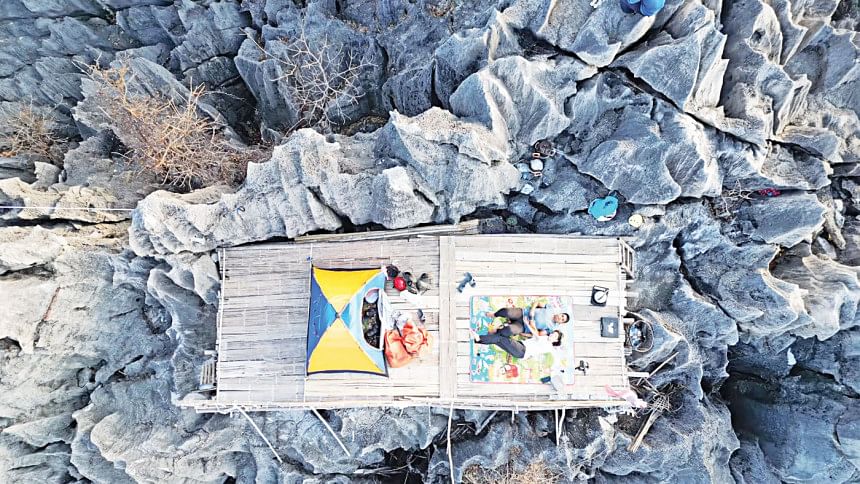
So, we planned two adventures in one go: first, we'd test one of the toughest mountains in Thailand, Khao Chang Phueak, and then head to Phitsanulok for rock climbing. In just four days, we planned to drive 1,500 kilometres and conquer two mountains, promising an extreme adventure!
In Thailand, embarking on mountain adventures in remote areas is a challenge in itself. You have two options: either join a group that organises transportation or take charge yourself. Public transport in these parts is scarce, and those available only connect cities. The untamed wilderness is accessible only to those willing to carve out their own path.
On January 22, our seven-hour journey to Kanchanaburi Province from Bangkok began before daybreak. From there, our wheels rolled towards the picturesque mountain village of Pilok, which serves as the gateway to the heights and is also home to the 1249-metre Khao Chang Phueak.
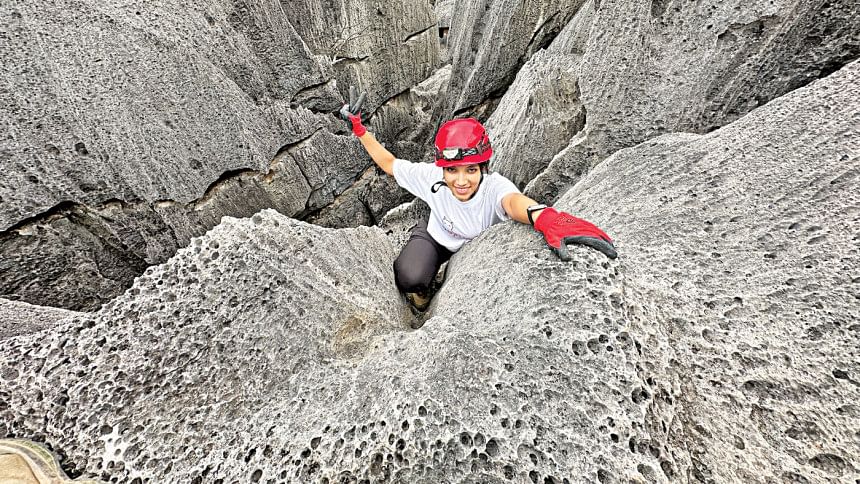
As dawn kissed the horizon, our ascent from Pilok began. The initial stretch offered a gentle introduction to the trail, but as the hours wore on, the terrain grew steeper. The relentless heat and unforgiving sun added to the challenge. Forgetting our sun caps was a rookie mistake! The path demanded we traverse a series of smaller peaks, like Chamod Mountain and Chang Noi Mountain, each adding to the test of endurance.
Unlike in Nepal, where the paths wrap around the mountainous terrain, Thailand's mountain trails go up and down the peaks, vertically resembling the letter "M," requiring climbers to reach every summit along the path. Despite the challenges, my passion for adventure filmmaking ignited a fire within me. With my camera and drone, I captured the raw beauty of the landscape, weaving together moments that no amount of money could buy.
It took us around five hours to reach the Khao Chang Phueak base camp. The sharp, barren ridge offered a panoramic view stretching across Thailand and Myanmar. With no facilities there, we relied on our supplies. We pitched our tent, marvelling at the waves of mountains stretching as far as the eye could see.
As the evening sun bathed the landscape in a golden hue, we began our push for the Khao Chang Phueak summit. The mammoth mountain glimmered in the sun, urging us forward. Climbing the final 300 metres brought us to a narrow, knife-like ridge. Each step echoed the pounding of our hearts.
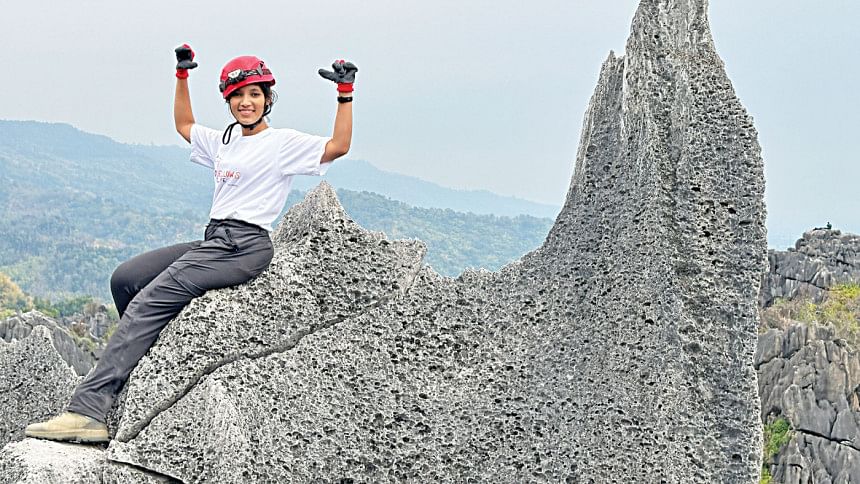
Despite conquering Himalayan passes with relative ease, this ascent tested every fibre of my being, tempting me to surrender. Yet, with the aid of the mountain rangers, we pressed on, keeping in mind that only 30 permits are granted daily for this difficult climb.
When we finally reached the summit, a breathtaking 360-degree vista greeted us. Amidst light and shadow, contemplation stirred within me. What is the essence of life? Just yesterday, I drove 400 kilometres; today, I stand atop Thailand's toughest peak. After getting a brief opportunity to absorb the mountain's serenity, it was time to go. The rangers ensured a safe descent, guiding us down one by one back to the base camp, where we spent the night.
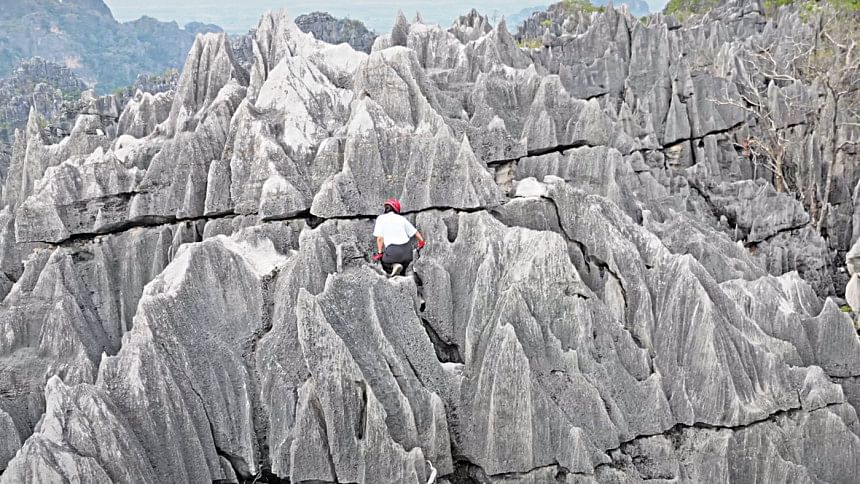
The next morning, we descended from the base camp and drove another 600 kilometres to the Phitsanulok Province for rock climbing. It took us 24 hours to reach Ban Mung sub-district. At dawn, we started preparing for climbing and, of course, filming.
We had never climbed rocks before. Without proper safety gear—just a helmet and a pair of gloves with rubber grips—it was a risky endeavour. And as I was determined to film my first rock climbing experience, the task became more formidable.
Before the climb, our guide briefed us on all the rules. It was a 497-metre climb in total. After the first 320 meters, we'd reach our campsite. Then, after another 177 meters, we would reach the summit. Climbing down, we would stay at the campsite for the night, hoping for a chance to gaze at the stars under an open sky.
Last time, when I was on the Everest Base Camp-Gokyo trek, I carried my 15kg backpack for 20 days. But this climb was different. The mountain, formed of dolomitic limestone, was almost vertical. So, we hired a porter for our bags. As we didn't bring our daypacks, we had to leave all our heavy gadgets and camera gear with the porter. The sky was cloudy that morning, so we relied on our mobile phones for the filming, which surprisingly came in quite handy.
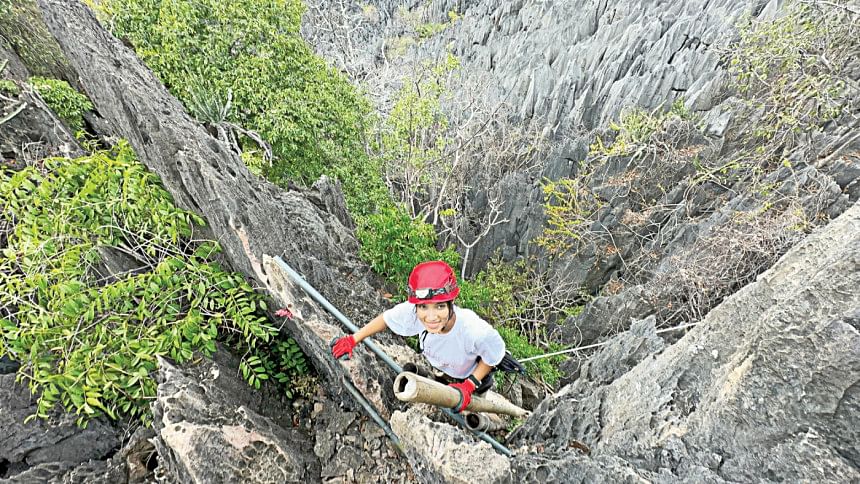
Our guide constantly reminded us of the safety measures as we climbed. Scaling the limestone wall amidst dense jungle felt like being in an alien landscape. Some parts required alpine-style climbing. Overcoming humidity and inexperience, we reached the campsite in just 1.5 hours.
Even after all that heart-thumping climb, I wasn't tired at all. The haunting beauty of this mountain left me speechless instead.
All along the first phase of the climb, I whispered to myself, "One step at a time, and I will be fine," focusing solely on each moment, knowing one misstep could be fatal.
In the second phase, I mostly climbed alone while my husband followed me with a drone. The mountain's jagged structure resembled those from the 2009 blockbuster film Avatar. Despite the risk, my filmmaking passion led me to take shots with my phone and drone, even though the rain made climbing the sharp-edged limestone wall, now slippery, quite difficult.
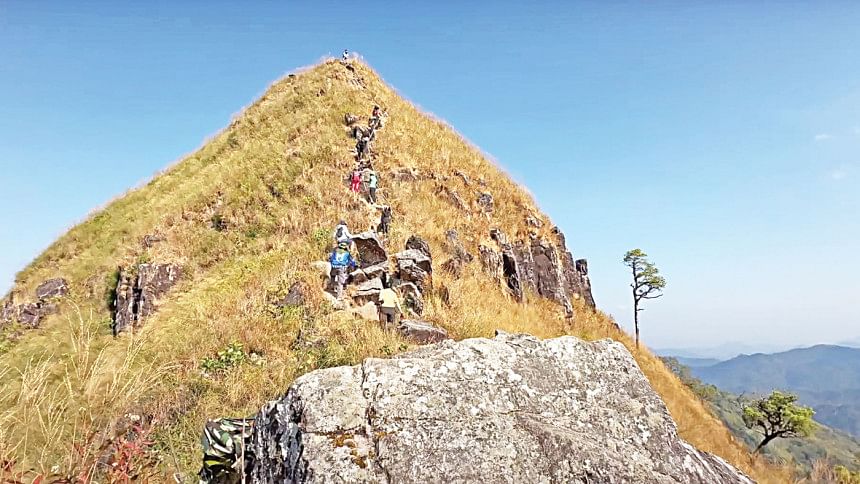
So much so that my feet slipped at one point! But luckily, my leg got caught on an edge, saving me from a 100-meter fall. With all my courage and strength, I managed to pull myself up. The drone captured the whole ordeal, making for an unforgettable memory.
The rest of the climb, which took about an hour, went without any more hitches. Then we descended back to the campsite for the night, safely.
Although we didn't get to enjoy the stars as the sky was overcast, the next morning, I witnessed one of the most beautiful sunrises of my life.
Reflecting on the experience, I realised that trekking is all about minimalism. Sometimes, spending a night under the stars with just the bare essentials is enough. A person doesn't require too many things to survive. Seeing the face of a loved one when he is sleeping after a hectic and tiring day is sometimes enough to shut out all the distractions and chaos of the world and reignite the love and passion for life.

 For all latest news, follow The Daily Star's Google News channel.
For all latest news, follow The Daily Star's Google News channel. 


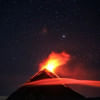
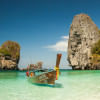
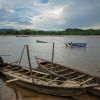

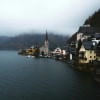

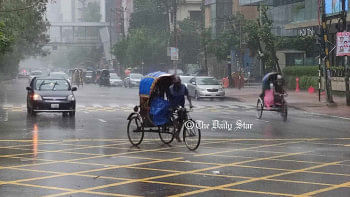
Comments